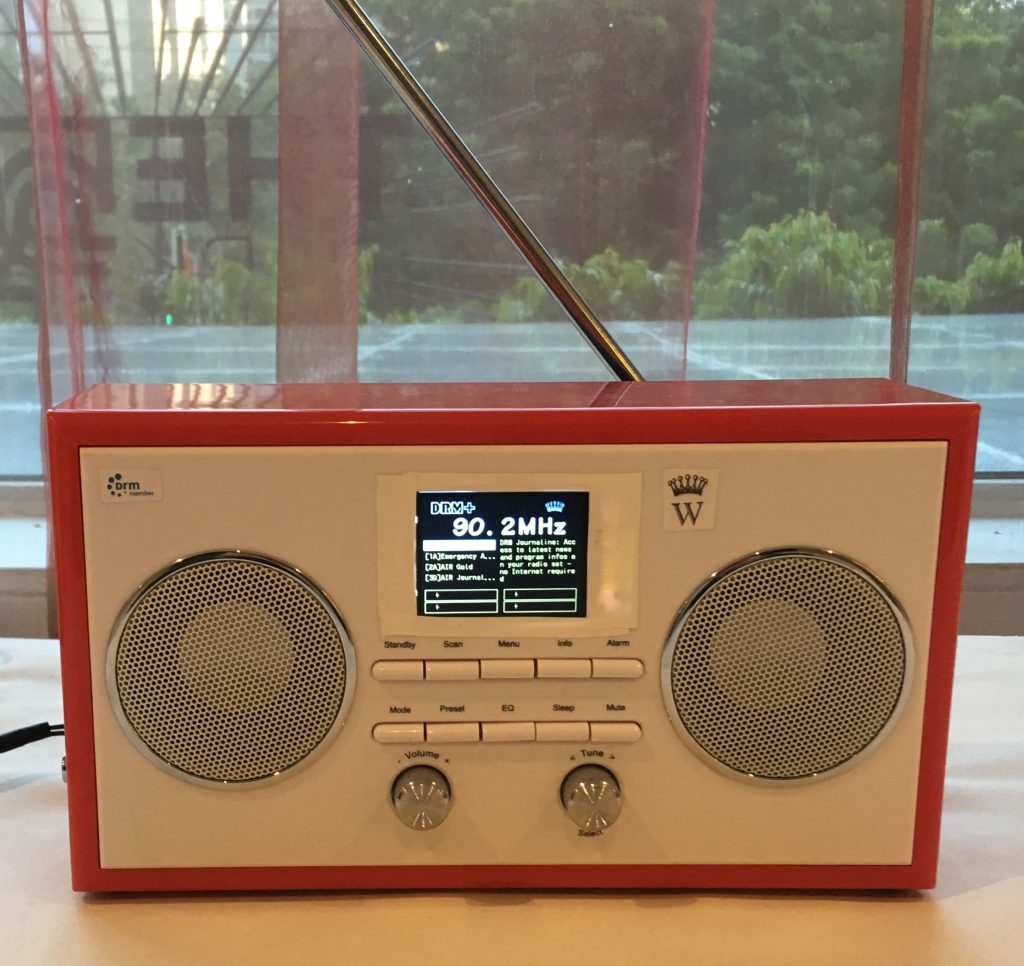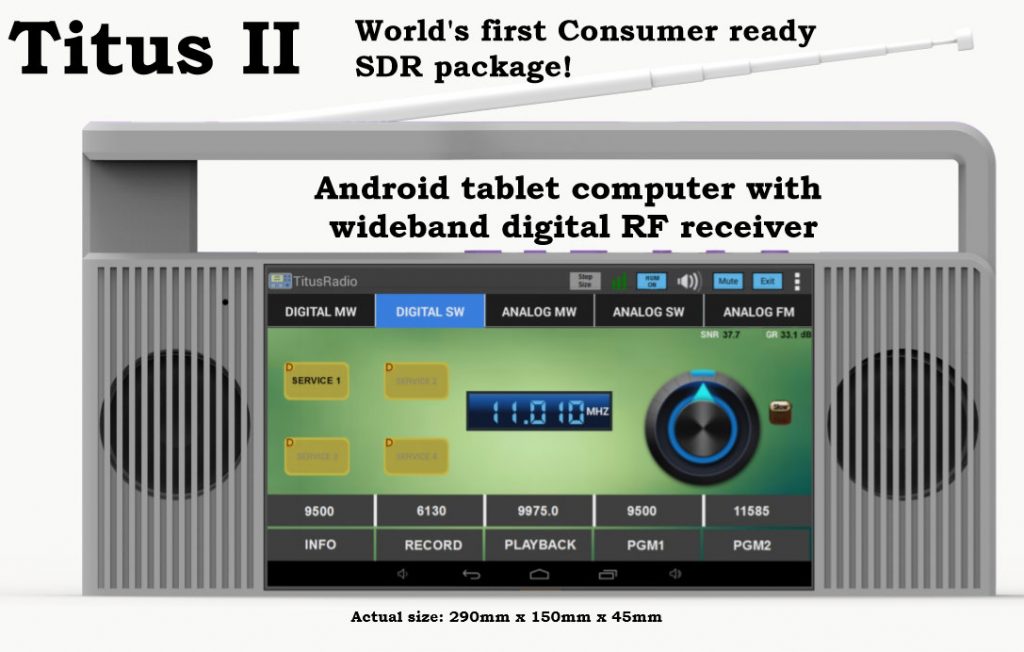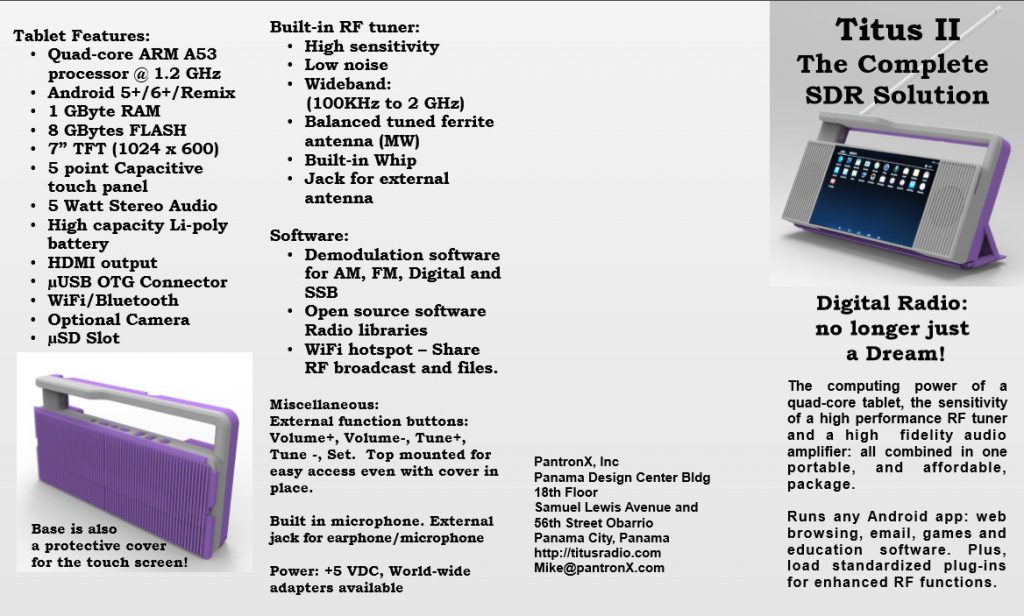
(Source: Radio World via Maichael Black)
Note that the excerpt below is only a portion of the full article. Read the full piece at Radio World.
Does Shortwave Have a Future?
by RUXANDRA OBREJA
When is the last time you heard a shortwave radio transmission? And why should you put up with possible crackly audio and some interference when we have now internet, satellites, FM and all forms of digital radio?
[…]Shortwave is just short of a miracle, actually. When it is beamed at an angle, it hits the ionosphere. A mirror around the Earth and then it falls like a ball at great distances, beyond the horizon. Thus these transmissions reach listeners over large areas, continents and beyond. Two or three high-power transmitters can potentially cover the entire world.
Shortwave is used not just by international radio stations or radio amateurs but is also essential for aviation, marine, diplomatic and emergency purposes. Shortwave signals are not restricted or controlled by the receiving countries and, as frequencies change in winter and summer, they need to be coordinated internationally.
[…]Digital Radio Mondiale was originally invented to offer medium (AM) and large coverage (HF) and the advantages of the good audio quality and extra multimedia services that can take shortwave into the 21st century. Maybe DRM was ahead of its time. The phasing in of digital broadcasts internationally was not in tandem with the production and sale of receivers, which remains a regional and national business. Since its birth DRM has proven that it is a suitable option for shortwave offering an good digital quality of audio and even short live video at great distance without fading and crackly sound.
Now, at last, there are DRM receivers capable of receiving shortwave, there are broadcasts and interested broadcasters. Quietly and surely shortwave is being re-examined and appreciated for the quality of broadcasts and its potential as a “crisis radio” too. It can become crucial in emergencies when local and regional radio stations, satellite and internet may be off the air due to damage. Broadband is getting cheaper but is limited, 5G will come but not just yet, digital shortwave is here.[…]
Click here to read the full article at Radio World.
The April 14, 2020 edition of the BBC World Service program ‘Digital Planet’ includes a story about the status of Digital Radio Mondiale (DRM) broadcasts on shortwave. The segment had no breaking news, but SWLing Post readers might enjoy hearing an updated explanation on BBC of how DRM works on shortwave and other bands, where it’s being used, and what unique services it can offer. The segment includes a clip of digital audio played over shortwave and an interview with Ruxandra Obreja, Chair of the DRM Consortium and DRM Association.




